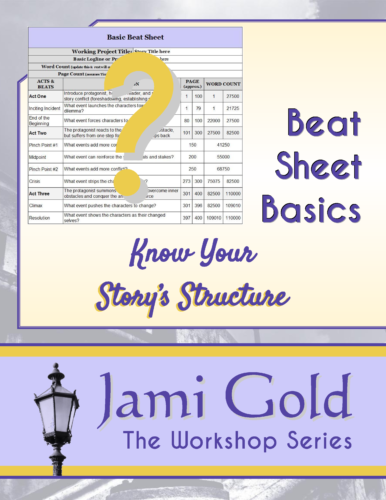It’s time for another post as a Resident Writing Coach over at Angela Ackerman and Becca Puglisi’s Writers Helping Writers site, and this time we’re exploring 7 techniques we can use to keep our story moving while time passes for our characters.
Check Out These Posts labeled with the Tag “Skip to the Good Parts":
Want to refine these results? The Search page offers many filtering options.
My Elements of a Scene Checklist helps us identify whether a scene is truly necessary and contributing to our story by making sure it fulfills a story purpose. The same judgment criteria can apply to subplots as well. Let’s take a look at how can we make sure our tangents and subplots are adding to the story and not acting as a distraction.
I was going to rant about poor editing today, but I closed the wrong window in my computer and lost all 1000 words. *sigh* So I’ll try it again later when I’m not so sleep deprived from WANACon preparation. Instead, I’m revisiting a different topic today. We’ve heard the saying: Life is a journey. Often this
In Part One, I proposed my Matrix theory for describing action and scenes in stories and talked about why it works. In this post, I’ll explain how to successfully use the technique to add details, both with narrative and dialogue—and how not to use it. So as I mentioned last time, readers’ minds are malleable.
Last time, I explained how to avoid dumping information into stories and how dialogue is often used incorrectly to convey details to readers—the “As you know, Bob” technique. It just so happened that my friend Simon C. Larter posted a related article with info dumps in dialogue that worked that same day. Great minds and
Info dump? Infamous? You better believe it. The most egregious offender even has a name: the “As you know, Bob.” Imagine dialogue along the lines of, “As you know, Bob, Jane is our sister.” *cringe* Does anyone actually speak like that? Would you ever tell someone something they already know? Nope. (Unless you’re reminding your
Last time, I mentioned how stories—the good ones anyway—avoid the boring parts of the journey by jumping into the action. Today’s post continues that “skip to the good parts” theme to talk about settings. Setting is the sense of time, place, and mood within a story. Descriptions create a world within the mind of a

